Party in the Art Room Blog
Scroll for helpful tips, stories, and news.
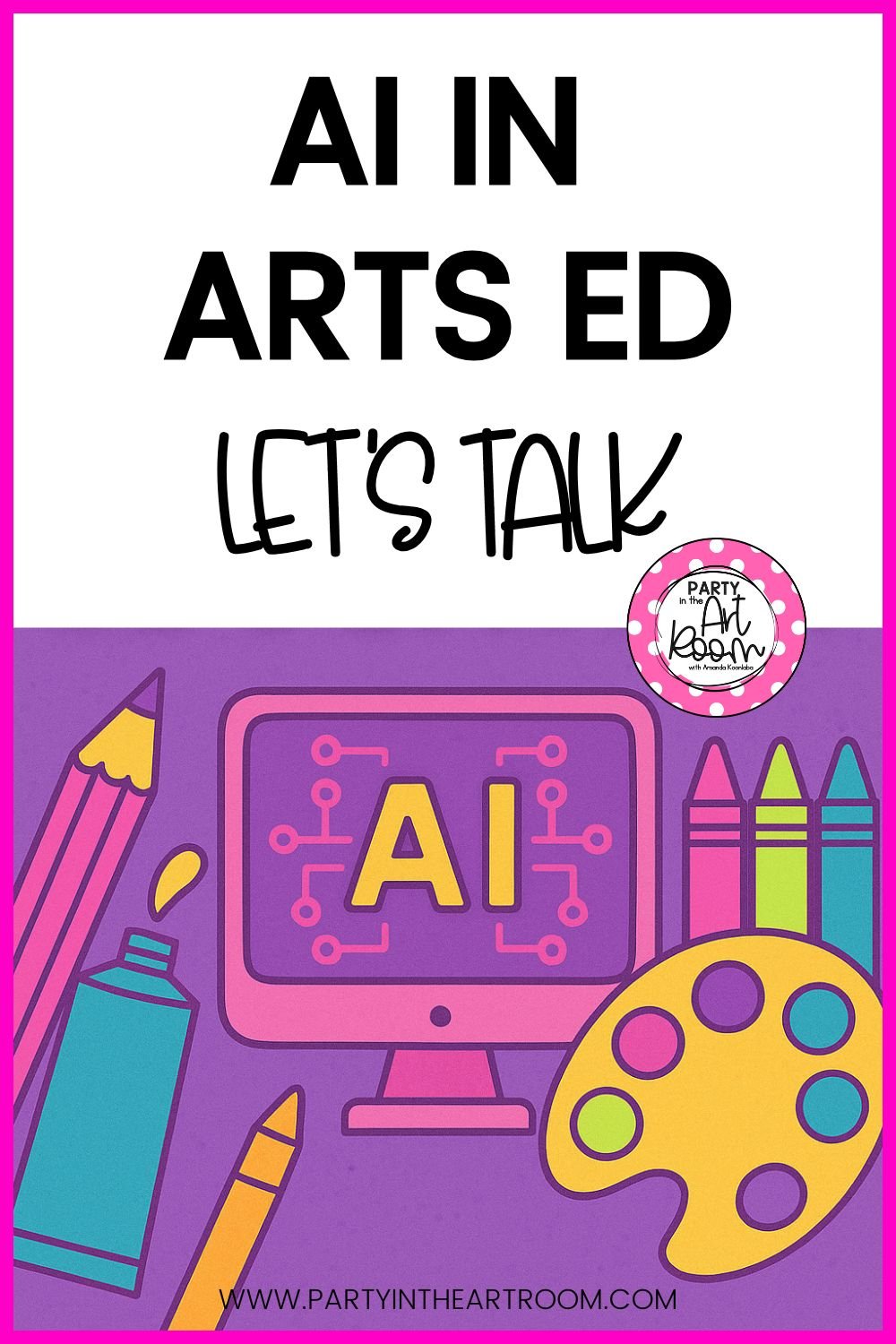
AI in Art Education: What It Means for Real Classrooms (Not Robots!)
So, here’s my question: What if AI isn’t the enemy of creativity—but the support staff?
Let’s be honest: the phrase "AI in education" can feel sterile, even threatening. There’s a lot of talk about automation and data and efficiency. But where’s the conversation about soul? Where’s the nuance? That’s what I want to explore.
Because here's the truth: creativity isn’t just a thing we teach. It's the way we teach. It's the lens through which we problem-solve, adapt, and connect. And that lens can shape how we approach new tools—AI included.
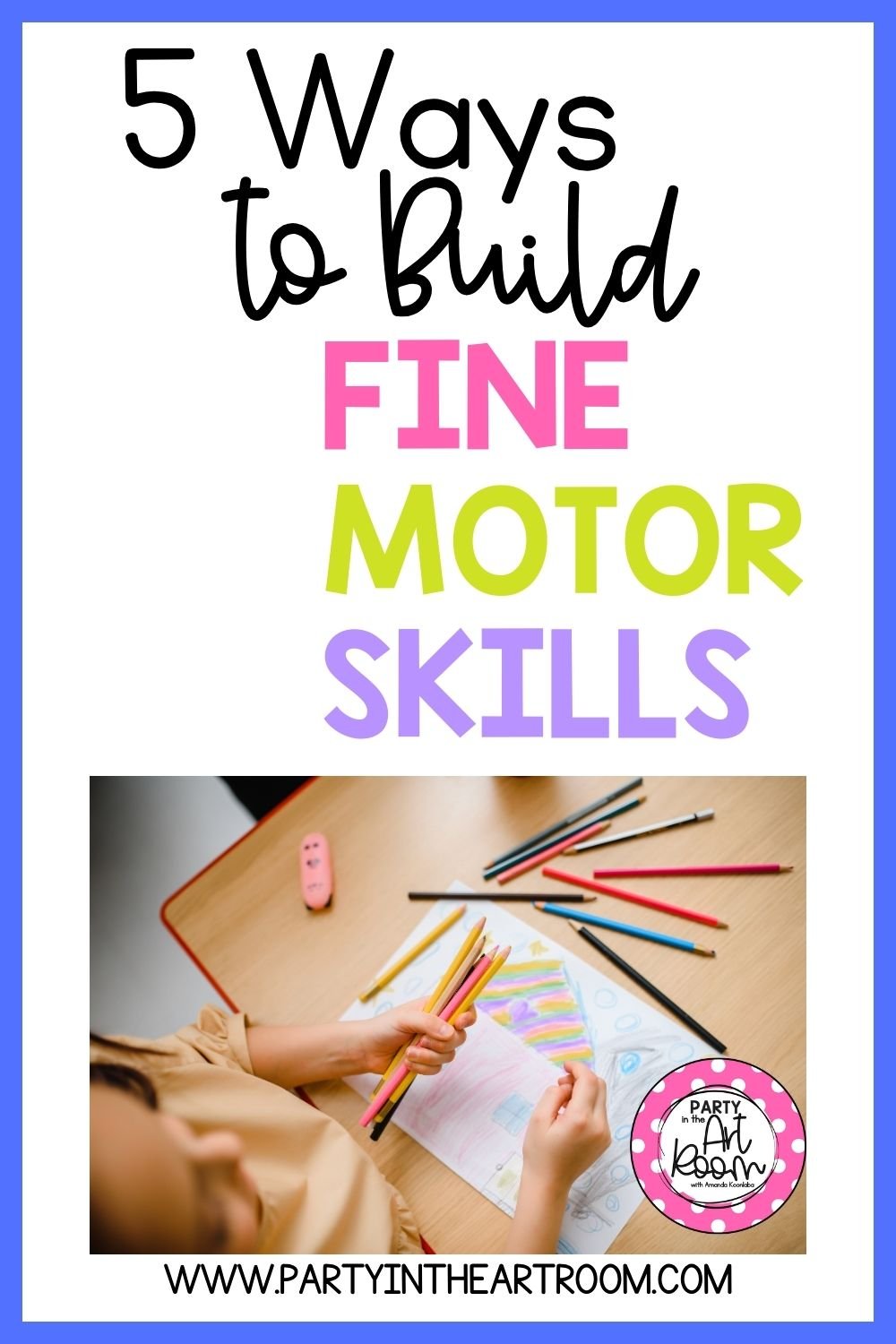
5 Ways to Build Your Child's Fine Motor Skills Before They Begin School
Developing fine motor skills is an activity that is often attributed to children from birth to 4 years of age. Children who may be close to entering school can benefit from activities that help build the fine motor skills they will rely on in their first year of schooling. Becoming comfortable with tools like pencils and scissors can give your student a leg up in the classroom. Here are some ways that you can help improve your child's fine motor skills to prepare them for the classroom.
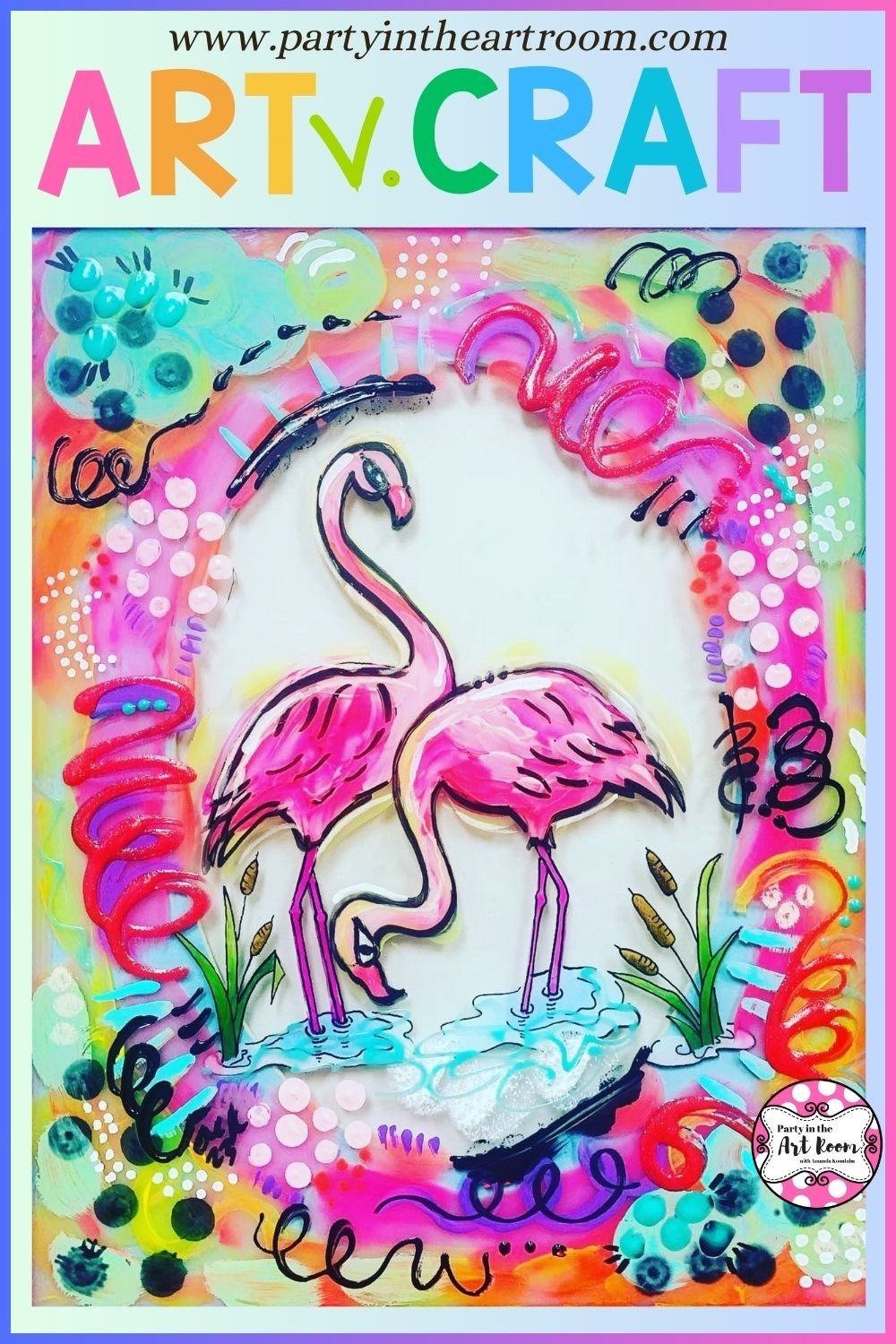
Art Vs. Craft-Is There Really Any Useful Difference?
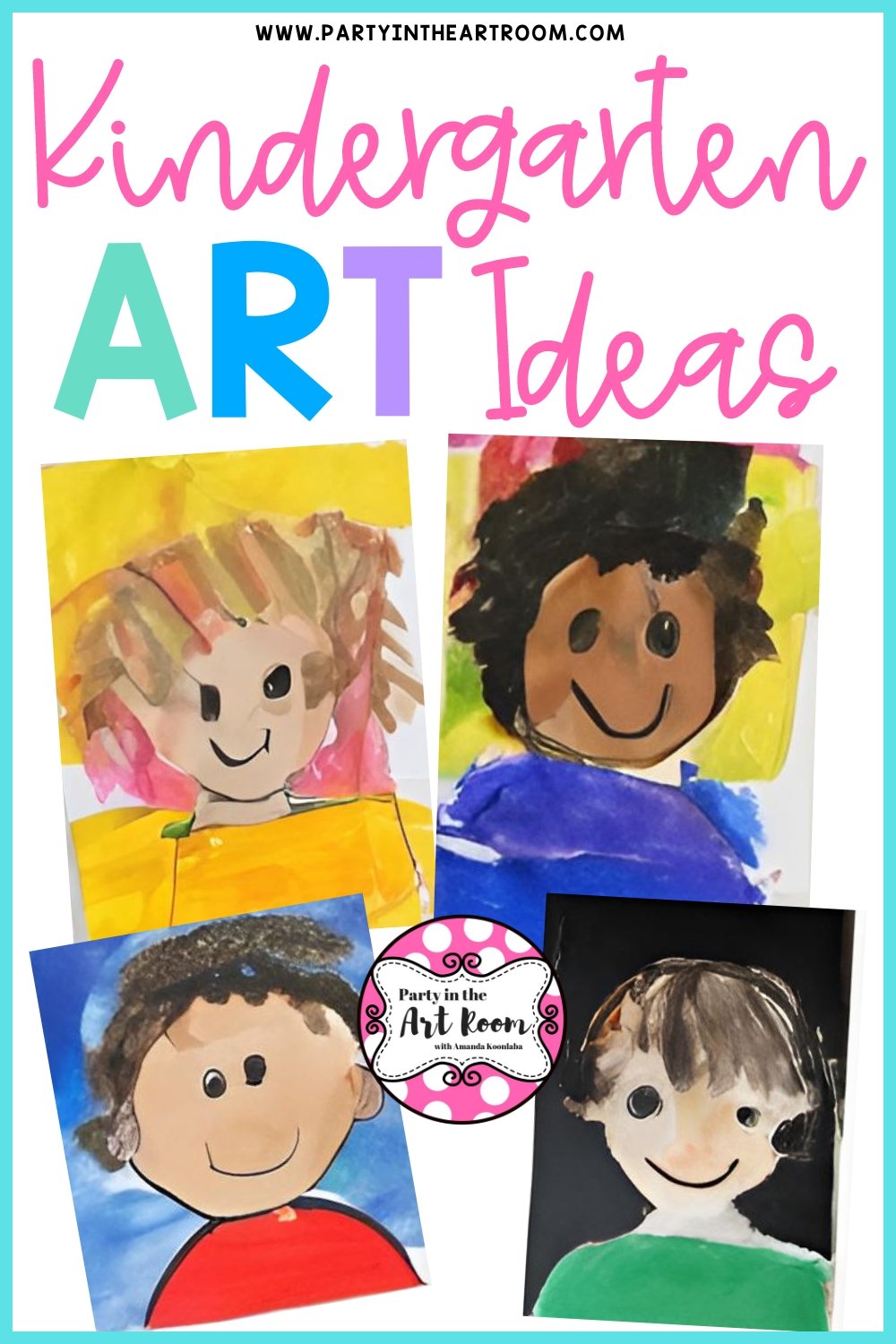
Kindergarten Art Ideas - 3 Favorite Materials for Kindergartners and Projects to Use them
Kindergarten is a great time for young artists to take the next step in their art journey by expanding their use of different materials. Adding new materials to your kindergartners’ repertoire will keep art engaging and fresh they flex their creativity and critical thinking skills.

Ultimate Collage Lesson + One Artist Study Freebie You'll Love
Do you love teaching art history? Ever get tired of the ubiquitous artists that every art lesson seems to focus on? Here’s one you’ll love! Plus, keep reading to the end for a free lesson plan!
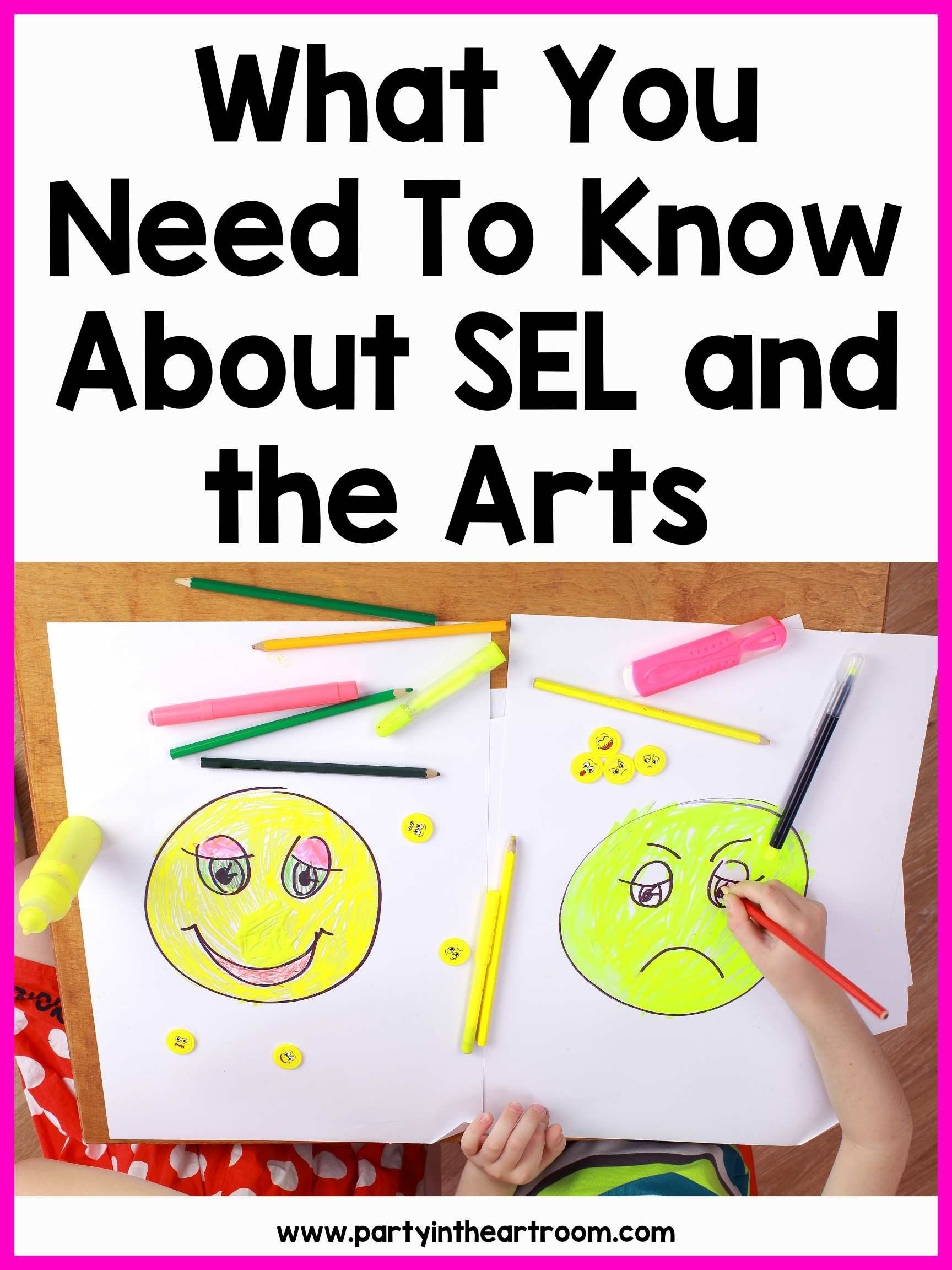
Why Social Emotional Learning Through the Arts Is Not a Fad
As educators, we have the power to give that to our students. My upbringing fostered my passion for integrating social and emotional learning (SEL) into the arts. And I recently got to share that passion with the amazing Krista Leh and Craig Martin of the SEL in EDU podcast.

3 Ways to Integrate Math, Writing, and Science with Heart Art
With our Hearts Art Puzzles, students engage in a hands-on approach that not only brings geometry, writing, and science to life but also fosters an appreciation for the artistry behind each heart art puzzle piece. Through hearts art simple drawings, explorations, and discussion, students develop a more comprehensive understanding of how art and other subjects intersect. This is the ultimate art integrated math, writing, and science lesson.
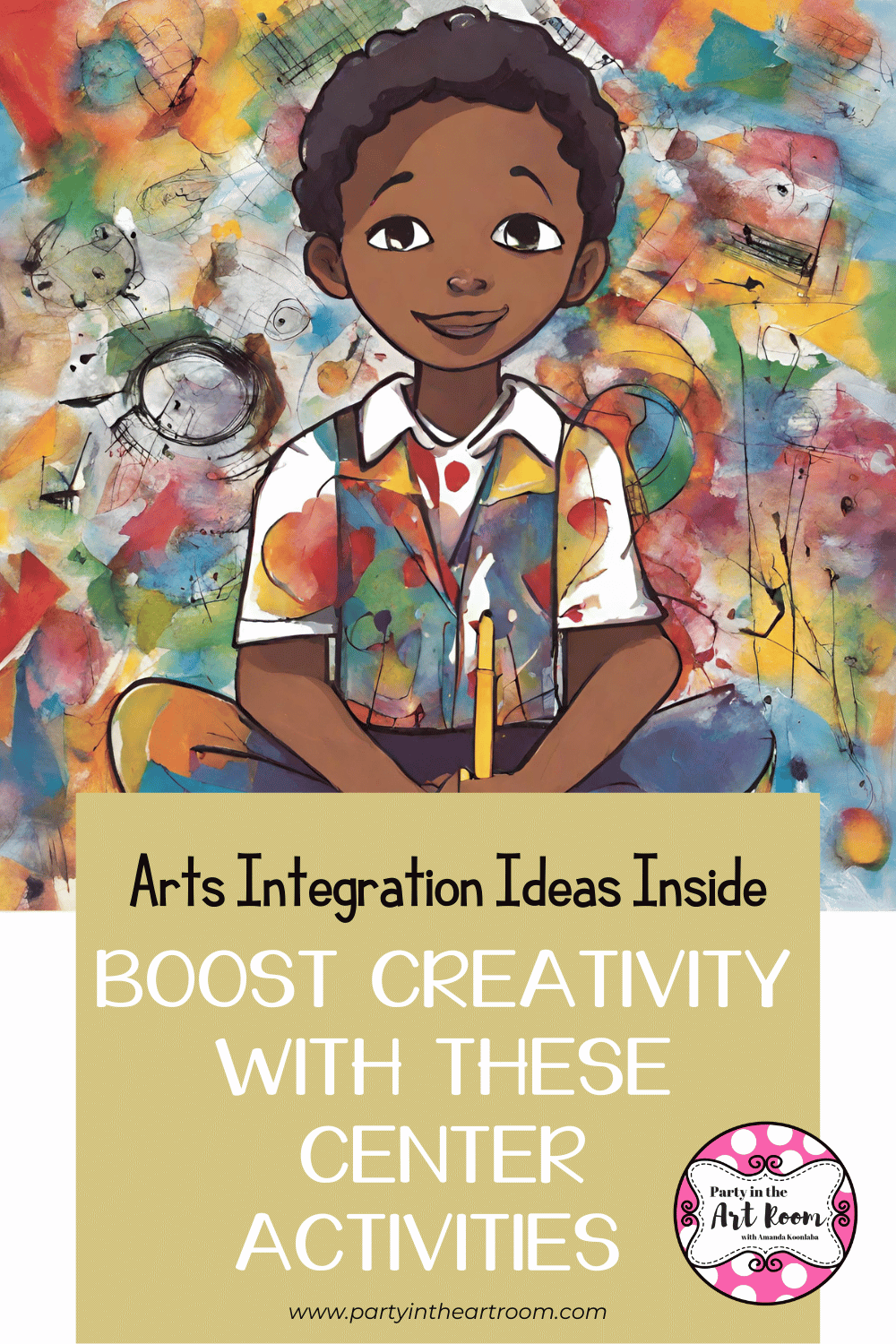
Boost Creativity with these 7 Center Activities: Arts Integration Ideas Inside
Ever found yourself wondering about how arts integration can boost creativity in the classroom? This post is crafted for every creative teacher out there – whether you're an art teacher weaving connections into general ed classrooms or a gen ed teacher on the lookout for fresh ways to teach your content through art. Get ready to explore these 7 Center Activities, and for each resource, I'll share a practical arts-integrated tip to spice up your teaching game.
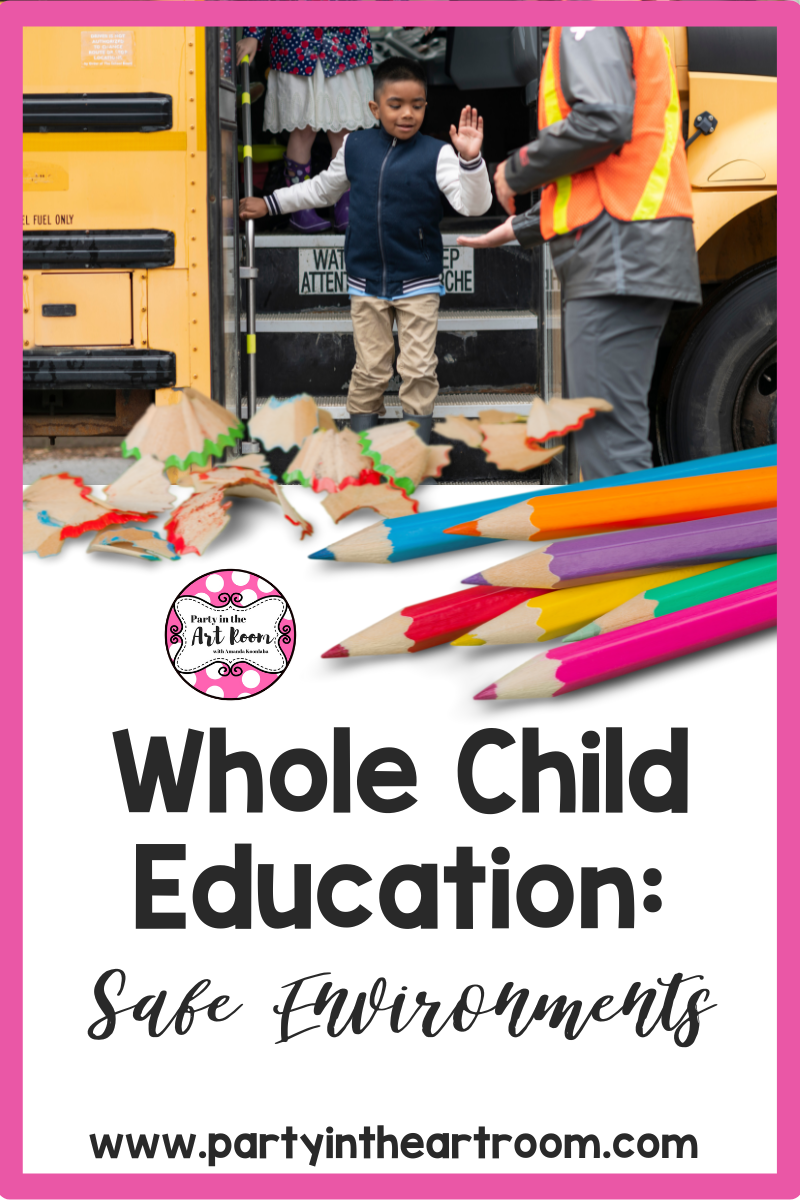
Safe Environments Enhance Learning: Whole Child Education
Creating physically and emotionally safe environments for student and adults enhances the learning process
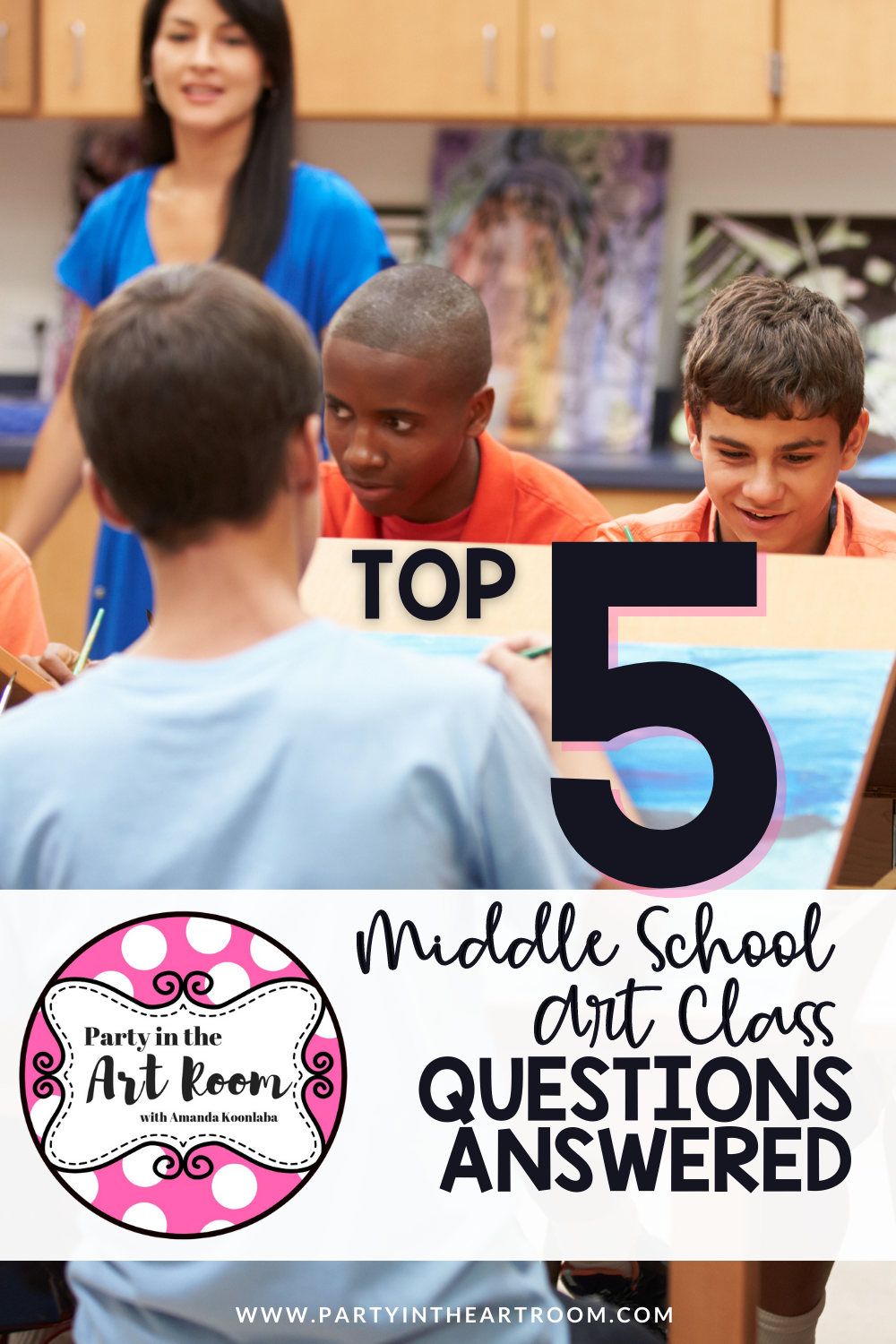
Top 5 Middle School Art Class Questions Answered
Are you a teacher who is new to teaching middle school art classes? Or have you been teaching for a while, but need a refresher on some key topics? Either way, you’ve come to the right place! In this blog post, I’ll be answering five of the most frequently asked questions about middle school art classes. I’ll cover topics like classroom management, lesson planning, assessment, and more. Let’s get started!
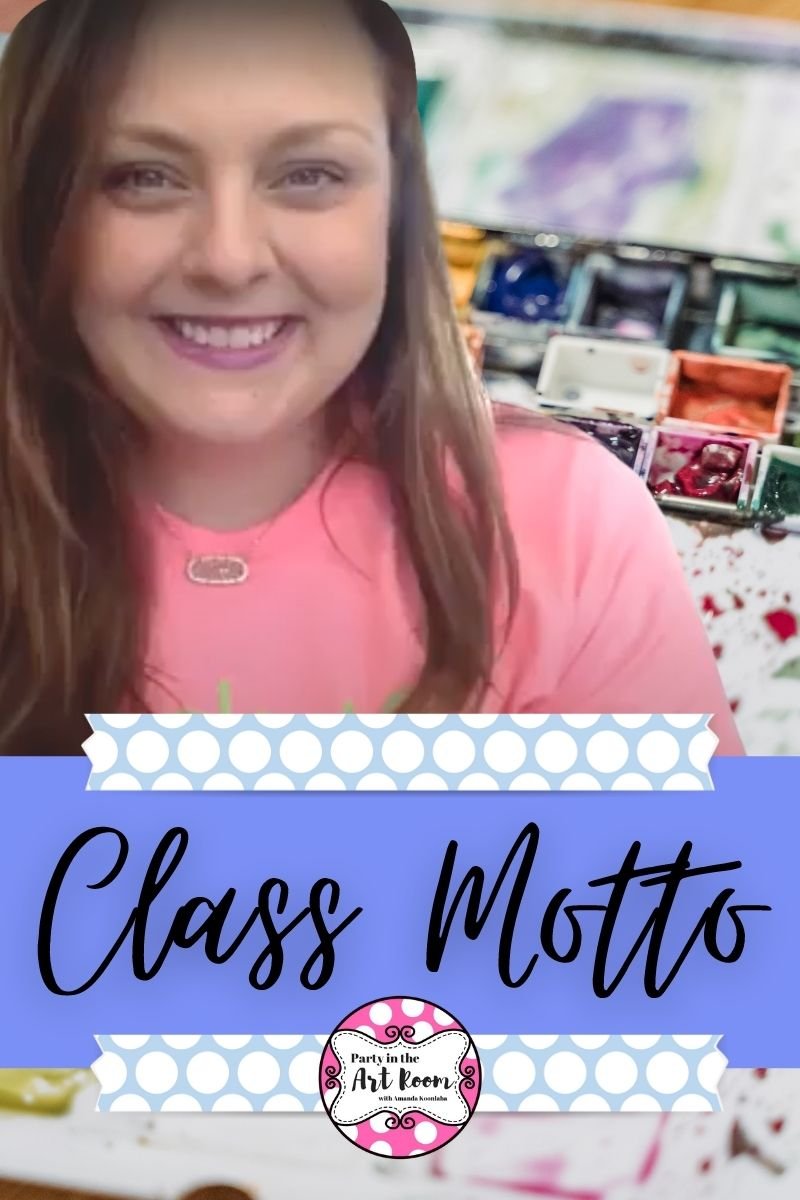
A Motto for Every Student
“In this class, we share, we love, we laugh, and we grow. We are all in this together. We are all good. And we can all be successful,” say my students and I as we begin class. This is our motto, and it’s one of my favorite things to do with my class. We sign the motto in American Sign Language (ASL) as we say it.

How Students Can Better Understand Symbolism in Literature and Art
Symbolism in art and literature have a lot in common. In this blog, we will explore some common ways symbolism is used, and how you can dive deep into symbolism with students.
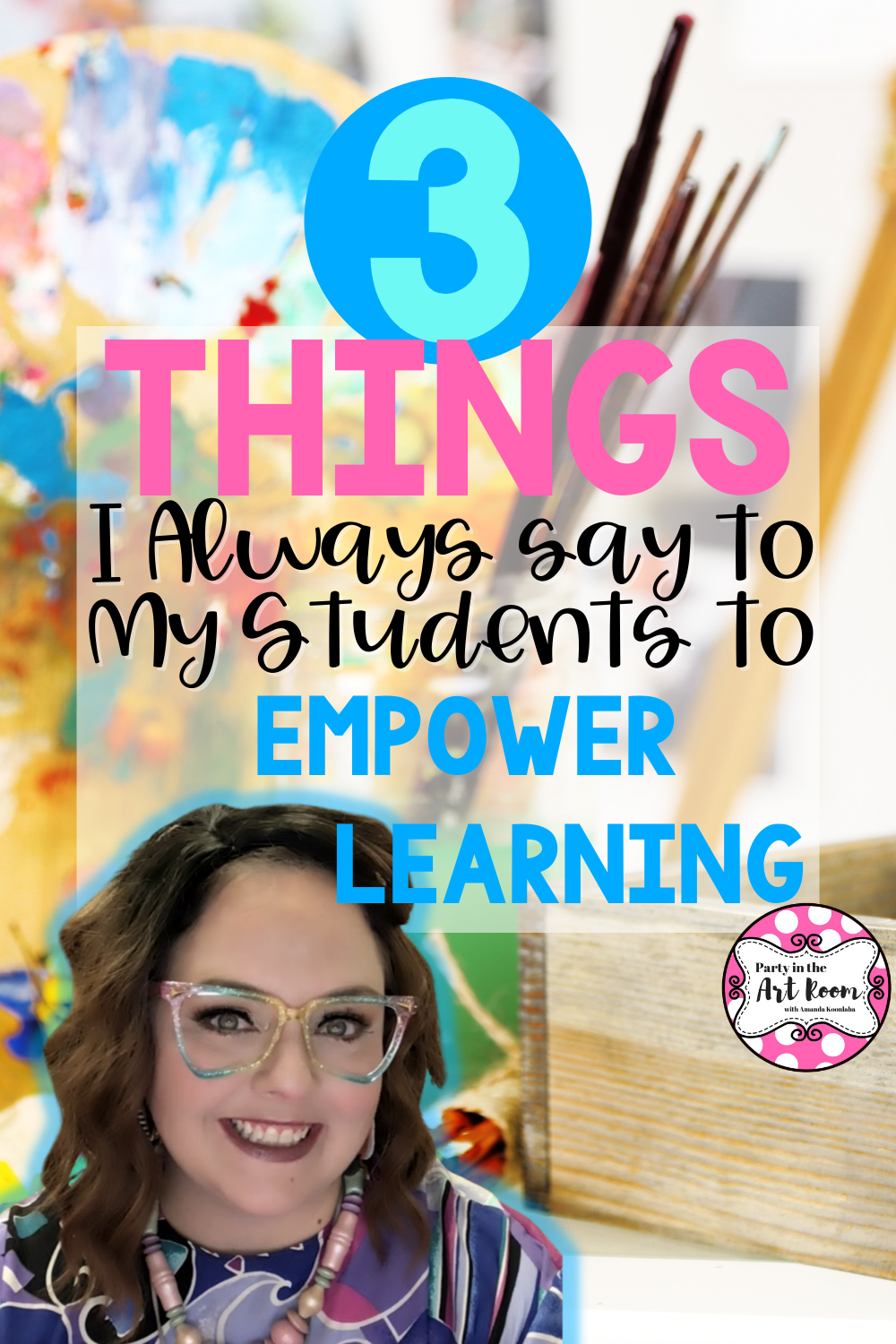
3 Things I Always Say to My Students to Empower Learning
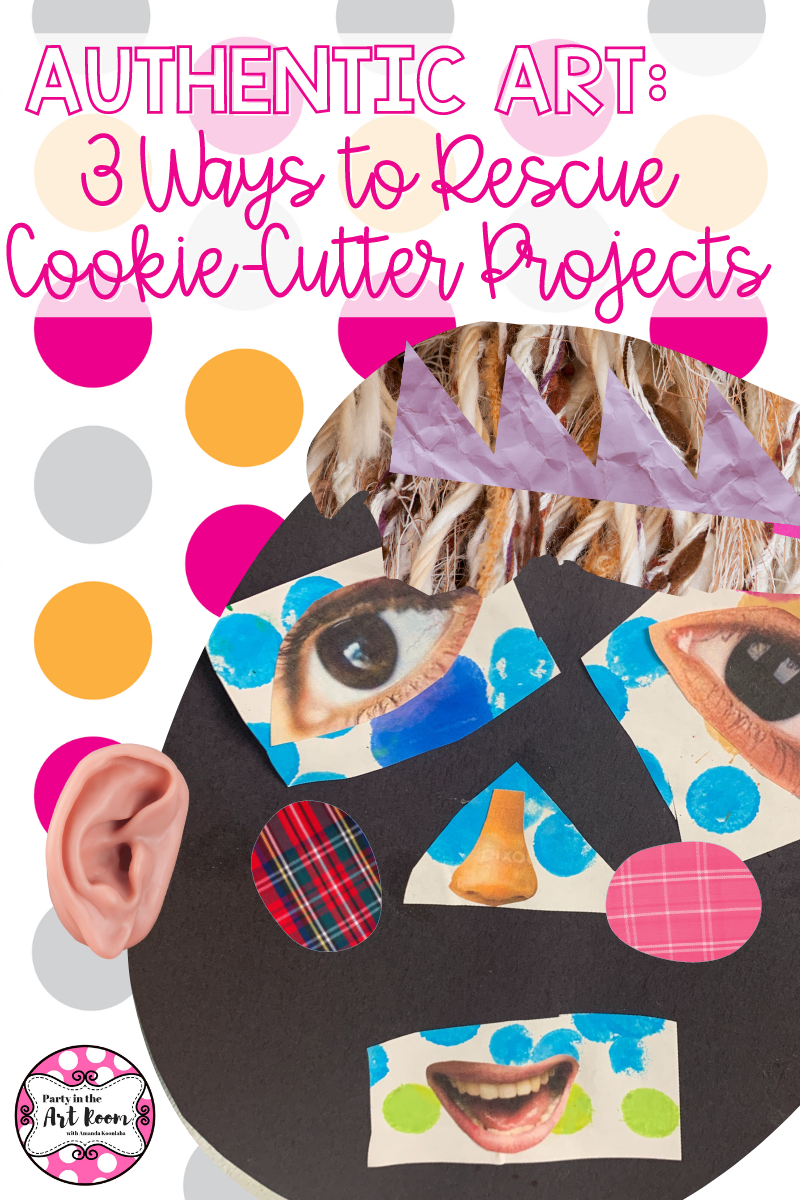
Authentic Art: 3 Ways to Rescue Cookie-Cutter Craft Projects
For many kids, creating art can be one of the most rewarding activities.
Here's the thing, though. We really have to give careful consideration to what we are asking kids to do when we call what we are doing "art."
Without getting too far into the weeds of semantics, lets just say we are talking about what is known in the art ed world as cookie-cutter, copycat projects in this post.

How to Confidently Pronounce Artists' Names in the Art Room
I’m about to say something controversial, but here goes nothin!
It is not the job of the art teacher to know how to pronounce every artist’s name ever.
This is not included in the “requirements for art teacher” job listing! In fact, that would be unrealistic, too big a job for art teachers.
Now, let’s unpack all that.

Social and Emotional Learning : 5 Things ALL Art Teachers Need to Know
Social emotional learning in schools is a hot topic in education. But what does it mean? And how can you bring it into your art class?
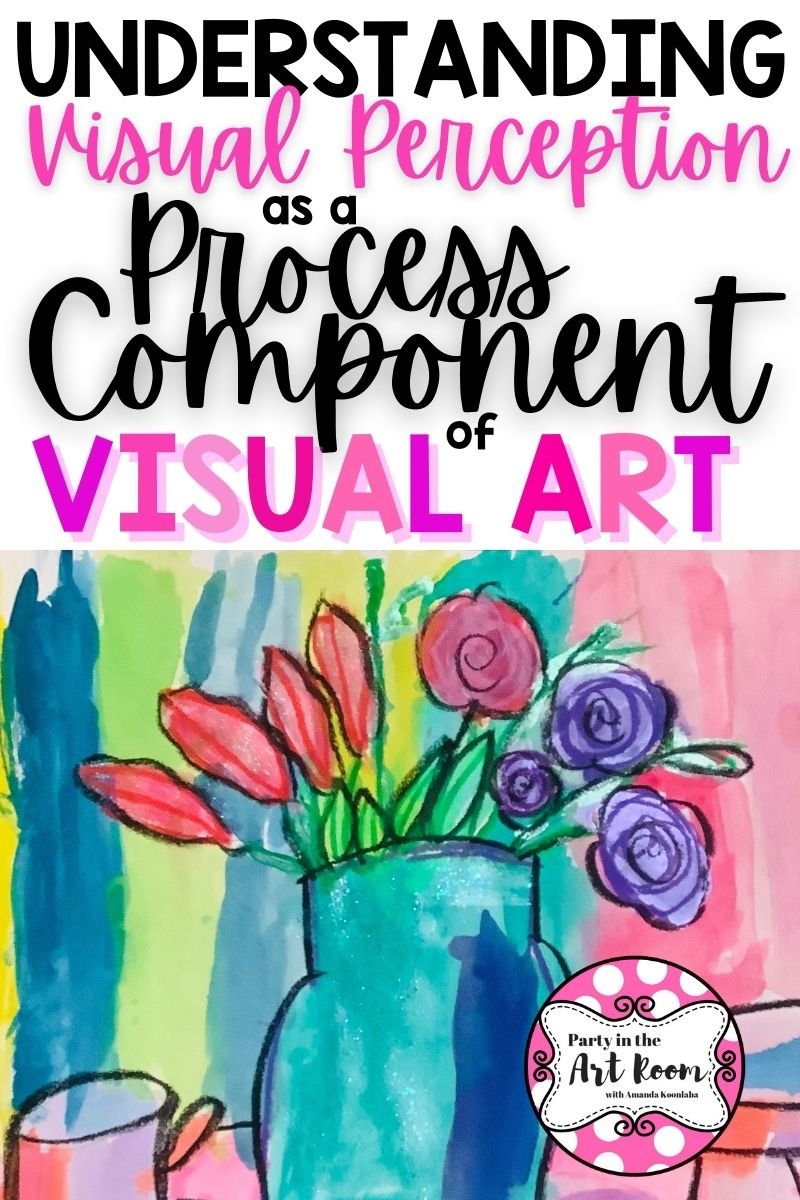
Understanding Visual Perception as a Process Component of Visual Arts Education
This post is about merging two concepts, that really aren’t different at all but that sometimes aren’t connected in our thinking: visual perception as part of our daily lives and PERCEIVE as a Process Component in the Visual Arts standards. Being able to PERCEIVE is part of what an artist needs to be able to do. When we use arts integration in your classrooms, our students need to be able to PERCEIVE, or pay very close attention to details in their own works and in the works of others. This spills over into everything else we do as human beings, though.
